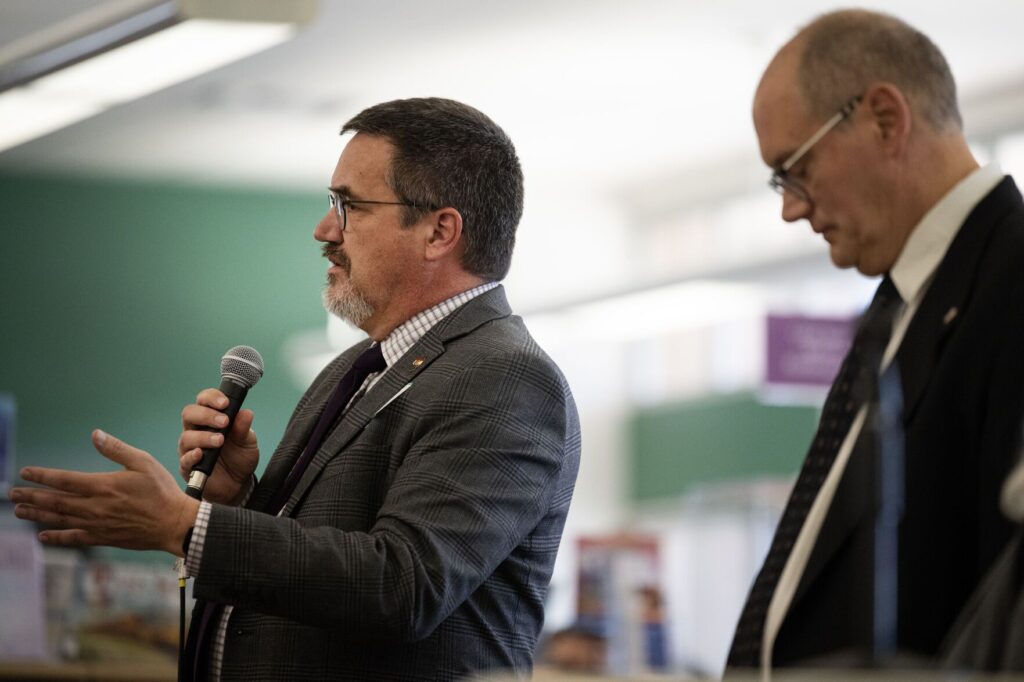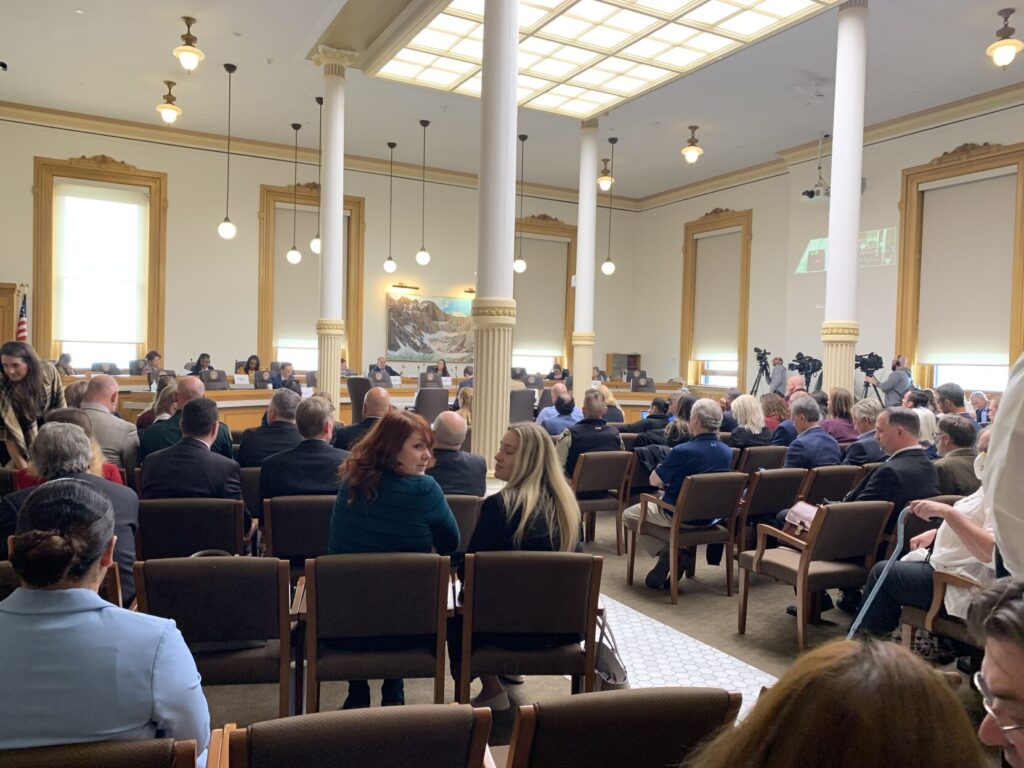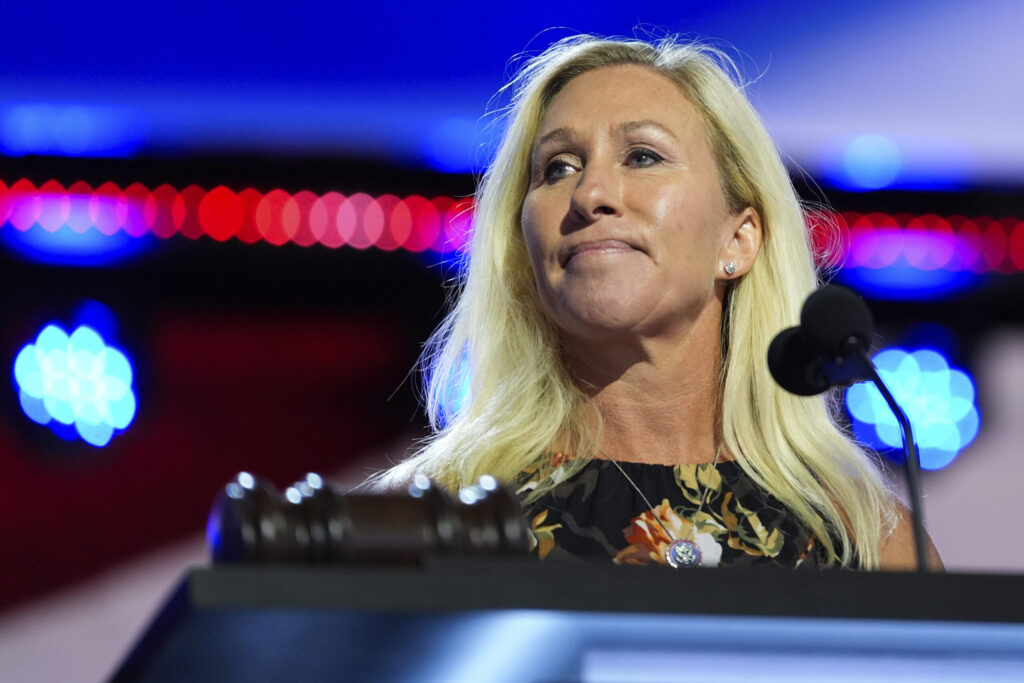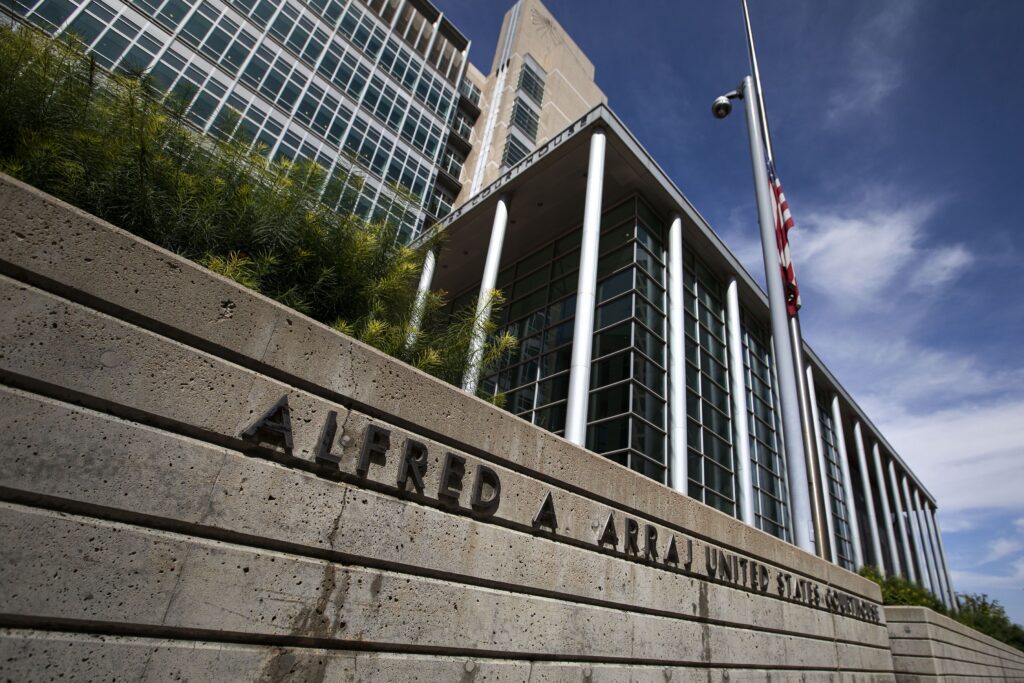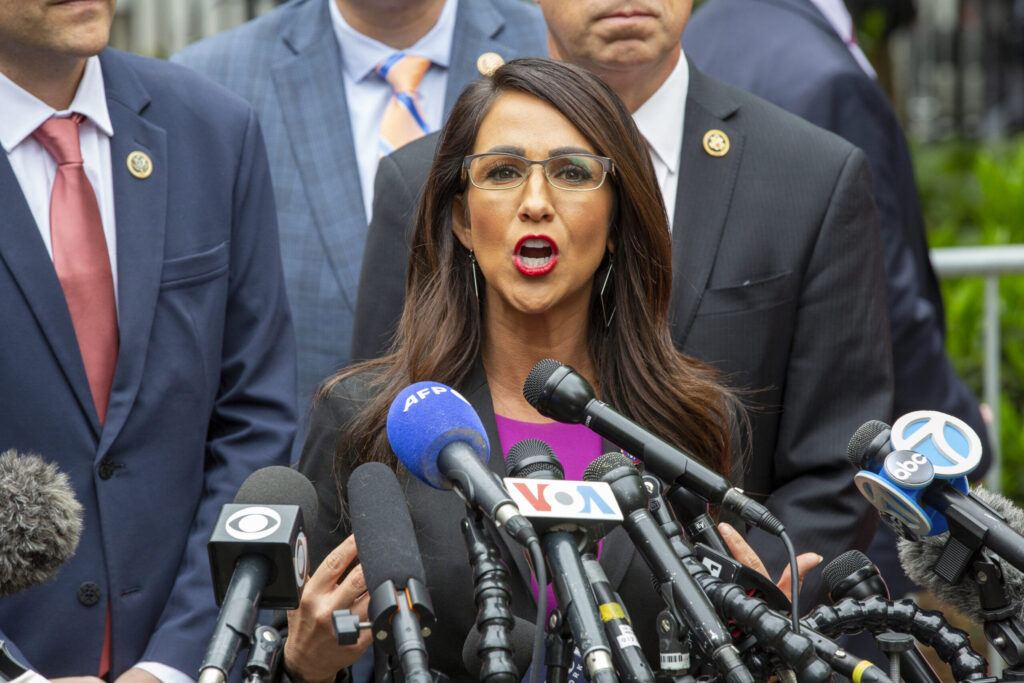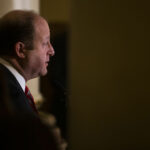Colorado unemployment rate drops again in April, matches national rate

Colorado’s unemployment rate continued to improve last month, another sign of job market resiliency as private businesses and the state economy regain their footing after a recession triggered by the COVID-19 pandemic two years ago, according to a report Friday by the state Department of Labor and Employment.
The state’s jobless rate dipped to 3.6% in April from 3.7% in March – the latest in a series of declines marking a gradual recovery after the onset of the pandemic, the report showed.
April’s rate is now the lowest since 2.8% in February 2020, just before the start of the pandemic; after it hit, Colorado’s jobless rate zoomed to 11.8% in May 2020 before it began to fall.
The rebound in the state’s unemployment rate has been about 2½ times faster than its recovery from the Great Recession, said Ryan Gedney, senior economist for the Labor and Employment Department
More people holding jobs last month – 15,400 – combined with an increase in the labor force of more than 13,600 helped push down April’s unemployment rate, according to the Labor and Employment Department report. The number of unemployed Coloradans also dropped by 1,800 to 116,700.
Colorado Springs college student develops startup company, app to fight climate change
“We saw some slowdown over the summer and fall of last year with the delta variant,” Gedney said. “But really since then, both for the nation and Colorado, we’ve seen some really consistent job gains.”
The Labor and Employment Department report also showed:
? The state added 14,600 nonfarm payroll jobs from March to April, based on a survey of businesses. Some of the biggest gains took place in leisure, hospitality, trade, transportation, utilities, professional and business services, construction, education and health services, state data showed. No industries saw significant declines in jobs, according to the state’s report.
? As a group, low-wage industries have fully recovered jobs lost in early 2020, Gedney said.
? Colorado’s unemployment rate of 3.6% in April matched the national rate, the first time the state was equal to or less than the national figure since October 2021.
? Colorado Springs’ unemployment rate dropped to 3.3% in April from 3.8% in March. The city’s job recovery rate of 118% since the start of the pandemic is the second best among the state’s seven metro areas, trailing only Grand Junction at 126%. Colorado Springs lost 36,100 payroll jobs between February and April 2020; since then, it’s gained 42,600 jobs.
? In other metro areas, the Denver-Aurora-Lakewood jobless rate of 3.1% in April was down from 3.6% in March. Boulder’s rate of 2.4% in April was the lowest among the state’s seven metro areas; Pueblo had the highest rate of 5.1.%
? Counties with the highest unemployment rates in April were Huerfano, 6.1%; Pueblo, 5.1%; Fremont, 4.8%; Las Animas, 4.7%, and Rio Grande, 4.5%.
Raising Cane’s poised to open fourth Colorado Springs location
The statewide unemployment rate is adjusted for seasonal changes, while the metro area and county rates do not include seasonal adjustments.
During April, the state also hit a high of Coloradans participating in the labor force at 69.1% – the most since March 2020 and the third highest in the nation in April.
But quit rates factor into the ratio of workers participating in the workforce, and Colorado saw one of its highest quit rates of 3.5% in March compared with the three previous months, with over 100,000 people quitting their jobs.
Turnover will continue as long as the labor market remains “tight,” meaning there are more job openings than workers to fill them, and as long as workers have opportunities for employment with higher wages, Gedney said.
“I think as long as there’s a lot of opportunities for people in the labor market,” he said, “I think that quit rate is still going to be relatively high.”
Even as raging inflation and higher interest rates have some economists worried about a recession, Gedney said he’s not overly concerned at this time about Colorado’s employment outlook.
“In terms of the labor force, right now, I’d say the fundamentals are good,” he said. “The labor force looks great in Colorado, looks great in the nation. There’s still a lot of job openings. We see strong wage growth. While there’s inflation, I’d say Colorado wages are at least keeping pace with inflation. That may not be the case as much in the U.S.
“I know there’s been some chatter about a possible recession in 2023, 2024,” Gedney said. “I would say our industry has not (had) a great reputation in terms of nailing down when a recession will happen. But there’s certainly some headwinds … These things can change quickly. But right now, things still look pretty good from a labor market perspective.”
Exploring mines and finding gold: 10 ways to relive the past in Colorado



